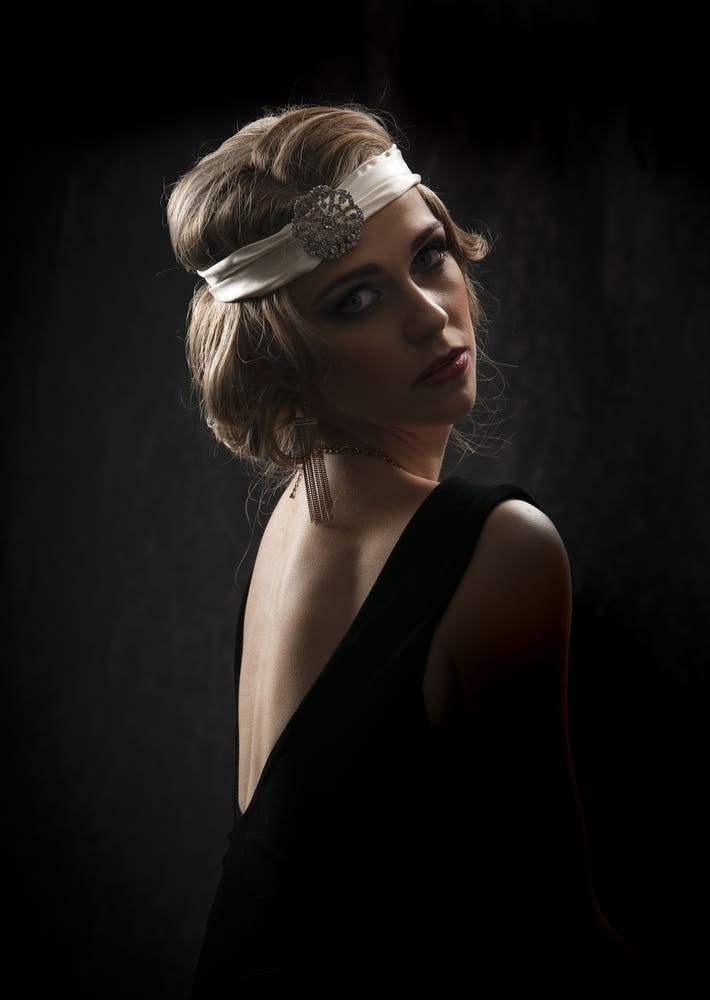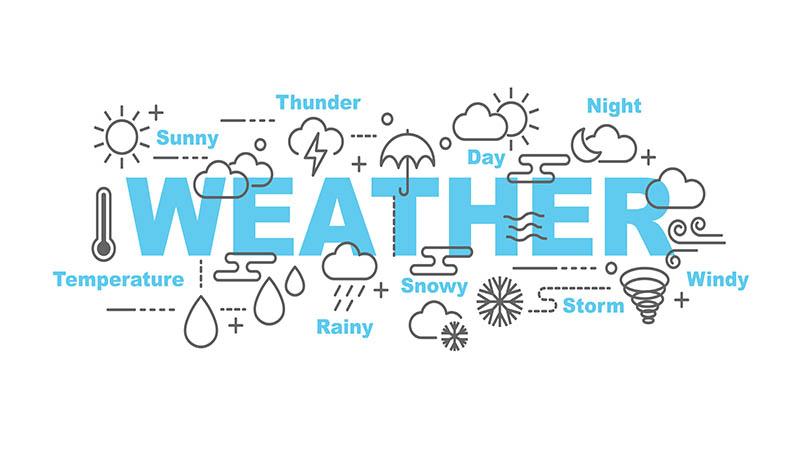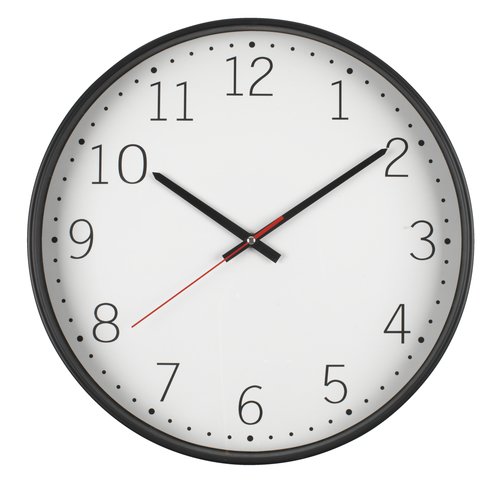For my contextual study, I will be researching into the elements of the British New Wave, to what it was made up of and the impact it had at the time. This will involve delving into the social and cultural conditions of the country at the time of the Wave and seeing how they compare or even contrast to that of real life in the era. For my research I will be using the films from some of the key figures involved in making the wave successful, including Karel Reisz (Saturday Night and Sunday Morning), but also at those who stand just outside of that title, John Schlesinger (Darling) and Jack Clayton (Room at the top), the film coined as being the kickstart of the British New wave.
The British New Wave movement was driven by a group of critics turned filmmakers associated with Oxford University’s film magazine sequence in the late 1940s, included are Karel Reisz, Tony Richardson and Gavin Lambert, when on to their films their main focus was the northern industrial heartland of Britain (Thames and Hudson 2011).
Most New wave films were adapted from novels or plays Richardson’s film versions of plays Look Back In Anger and A Taste Of Honey with the latter standing out for having a female protagonist. However the wave also came under some criticism for one being so short that some argued it couldn’t be labelled as a new wave and also because of the background of its producers, because of the ‘sequences’ tied with Oxbridge, critics could be skeptic of the authenticity, as published by the Guardian “the way these southern middle class filmmakers gazed northwards seeking the tougher living and richer accents which suit their sociological tastes ultimately led to the dissipation of the wave. Richardson left for Hollywood. Schlesinger headed back south with ‘Darling’ and Anderson made no more films until 1968. Despite this, the wave did transform British Cinema, influences can be seen in the products of the likes of Ken Loach, Mike Leigh, Andrea Arnold and Lynne Ramsay.
The British New Wave films shared common characteristics: black and white photography, melancholy jazz scores, northern locations (Blackpool, Salford, Bolton, Bradford, Wakefield, Morecambe and Manchester). The recurrent images of steam trains, cobbled back streets, gasometers and railway viaducts gave the films the feeling of taking place at the fag-end of the nineteenth century. The bus ride around Manchester that opens A Taste Of Honey captures perfectly this oppressive and decaying world of time-worn military statues, smoke grimed buildings and weather- beaten Victorian iconography ( Jeffrey Richards 1997 ).
Room at the Top was released in 1959 and is penned as the first real “new wave” film, produced by John and James Woolf it became a box office hit and stated the ball rolling on cinema to come. Audiences were shown to respond well to the adult storylines of gritty realism and politics, this also lead to the decline of the well used war films and romantic comedies to put realism on the top spot. The significance of films like Room at the Top, Saturday Night and Sunday Morning and others in the New Wave genre was that they ‘showed that critical change was actually taking place during the particular few years in which they were made;they were both ‘new cultural artefacts born of change, and themselves productive of more rapid change ( Anthony Aldgate and Jeffrey Richards 2002). Room at the Top was a milestone in the history of British films, at the time its sex scenes were regarded as sensational and some of the critics who praised the film congratulated the Board on having had the courage to pass it. Ten years later the scenes were regarded as mild and rather unsensational, there was no nudity or simulated copulation but a frankness in the dialogue about sexual relationships than the audience was used to. It was also about the reality of class, not presenting Joe Lampton as a victim but as he was, therefore made it unimportant that he was honest about sex but importantly honest about the business of class ( Jeffrey Richards 1997).
Room at the Top showed how under the existing system, a working class boy with the desire to succeed could only do so at the cost of his own self respect and personal happiness. The forces ranged against Joe are representatives of the patronising upper class anxious to preserve the status quo and a conformist working class, ultimately pressing him to not rise above his station. This makes Room at the Top a “state of England” film, paralleling the plethora of books and articles appearing in the 50/60’s on the subject of “what’s wrong with Britain” ( Jeffrey Richards 1997).
Saturday Night and Sunday Morning comes from the template of which Room At The Top set, even the opening scene alludes to the style, opening with Arthur Seaton at his factory, “Don’t let the bastards grind you down” is snarled with a cigarette dangling from his mouth shown from a low angle demonstrating his defiance, defiance over the fact he is bored of his job and indicates he has already gone against the system, again a feature of the wave as typically a male lead was shown to be more of a cheery character. Saturday Night and Sunday Morning explores boozing, adultery, violence and abortion, but that’s not what makes the film subversive. The real edge comes from its celebration of a hero who is a natural born rebel, unashamedly interested in his own pleasures (Thames and Hudson 2011). Finney himself recalled in an interview in 1982 a lot of people were outraged upon the release of the film over the fact Finneys’ character was having an affair with a married woman, this frank portrayal is what led to the film being certified as an x rated film.
The violence featured also plays a hand in this certificate, the fairground fight scene in which Arthur is attacked by Brenda’s brother in law over the fact she is pregnant by him is particularly coming to mind, negotiations had taken place on several occasions for the purpose of toning down the ‘language’ and discarding what the BBFC considered to be highly objectionable themes or incidents carried over from Sillitoe’s original novel, not least the promise of a successful abortion scene which was definitely barred from screen and was made to an unsuccessful attempt in the final film ( Anthony Aldgate and Jeffrey Richards 2002).
The tension between realism and poetry is evident in Saturday Night and Sunday Morning, the paradoxical spectacle of beautiful ugliness, the man in the man-made environment, serves to disrupt the narration. There are sequences of high angled shots of the city, example being the morning after Arthur’s beating in the streets, there are shots of the factory, the freight trains before shifting to Arthur’s neighbourhood and then arriving in his bedroom as he wakes. These serve to halt the action and slow down the narration towards the eventual enigma of after the attack. However these shots also demonstrate Arthur’s ‘son of the city status’, made for it, by it, emphasised by the constant observing and containment of him and the city ( Samantha Lay 2002).
Darling is one of the later new wave productions, being released in 1965, meaning it was one of the last in the movement at the time. The film itself is very different from the early examples of new wave in the British culture in its choice to zoom in on the rich in contrast to observing the poor, however the portrayal of a typical roaring London directly through Diana and Robert and their on off relationship leading to the subjects of sex, age difference, betrayal, pregnancy, abortion etc is what truly makes this film new wave.
The film has an overwhelming sense of irony throughout, even from the opening of the film with large posters of the lead roles of Diana and Robert over the top of African famine victims it becomes clear that Darling is exposing the irony of Diana’s white wealthy status. It leads to the famine sufferers having a minute role to play, again undermining the good intentions.
In Darling the shift from the North to London, from the working class to middle class means that different possibilities come into play. The family which had been such a key point of rebellion for the New Wave, hardly features for the film’s protagonist, Diana. Nevertheless Diana can not ignore the family and much of the films narrative traces her failure to establish her own family, she’s unsuccessful in building a stable relationship with Robert or Miles and her abortion goes on to destroy the possibility of a ‘normal’ family life. Her proto-family relationship with the gay Malcolm (like that of Jo and Jeff in A Taste Of Honey) has possibilities of friendship and fun but is later ruined by Diana’s jealousy (Robert Murphy 2001).
Darling does however, differ from earlier film in its representation and organisation of the female sexuality. Here, sexuality is associated with power rather than innocence and Diana is presented as using her desirability as a means of control, the film inextricably links female sexual desire with the desire for power and makes it impossible to untangle the two, to judge, for instance whether Diana is pursuing her own sexual interests when she seduces Miles or furthering her career. Described in male terms, Diana is both powerful and a tease, a combination which, as both Carrie Tarr and John Hill indicate, is punished by the ending when, rejected and abused by Robert, Diana is dispatched back to Italy. In contrast, from a female view point, the presentation of Diana’s sexuality may suggest that pleasure on one’s own terms is imaginable if not narratively possible (Robert Murphy 2001).
The question of where this female viewpoint can be found is central of Tarr’s discussion. It is hard to find in Diana’s voice-over which is consistently undermined by the images and serves to present her as hypocritical and self-pitying. As with A Taste Of Honey, the possibilities for interpretations which work against rather than with the ending are to be found in the characterisation and star image rather than the working out the plot. Factors important here are the use of fashion and Christie’s star persona outside the film. The narrative of Darling makes much of Diana being trapped in the artifice world of modelling but the way in which Diana/Christie is dressed speaks of self-confidence based on but not limited to a new approach to fashion and style (Robert Murphy 2001).
To conclude it appears the ‘New Wave’ movement for Britain adapted on the style originally put to task by the French in Nouvelle Vague, with the use of similar themes and conventions. The New Wave films of the time allowed the working class to have a voice thus handing them a sense of power that had been impossible before, with working class representations before, being used as comics rather than telling their real life stories, showing the audience their drama and emotions (kitchen sink). These paved the way for a new time in the cinematic world towards the swinging sixties and helped mould a new dawn in what was to be shown to the public going forward. The social realism presence in New Wave films is often considered responsive for the feature in even recent films of today such as The Full Monty by Pater Cattaneo from 1997. New Wave as a whole was sought out to shock the audience and compel them to feel for the working class and highlight the extremity of the divide between the wealthy and the not, meaning the stark feature of explicit language and content such as the beatings and abortions were necessary to really create that drama, at the time it was ghastly an audience who had never been shown such contempt before, but paved the way for today’s desensitised response to showing of such.
Bibliography
Aldgate A and Richards J, (2002) Best Of British: Cinema and Society from 1930 to the present. London: I.B Tauris and Co Ltd
Lay S, (2002) British Social Realism: From documentary to Brit grit. London: Wallflower Press
Murphy R, (2001) The British Cinema Book, (2nd eds) London: the British Film Institute
Richards J, (1997), Films and British National identity: From Dickens to Dad’s Army. Manchester: Manchester University Press
Smith G.N., (2008) Making Waves: new cinemas of the 1960’s. New York: The Continuum International Publishing Group Inc
Thames and Hudson, (2011) Cinema: The Whole Story. London: Thames and Hudson Ltd























.jpg)
